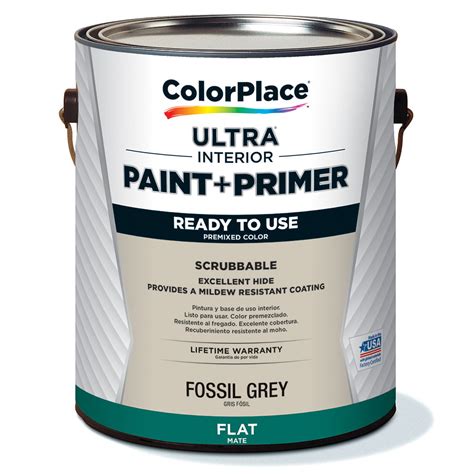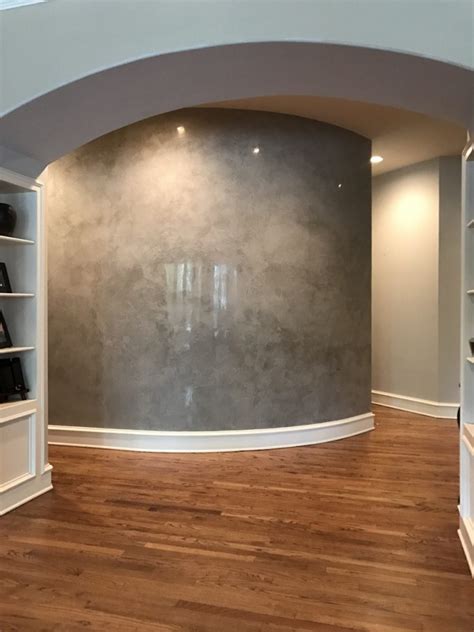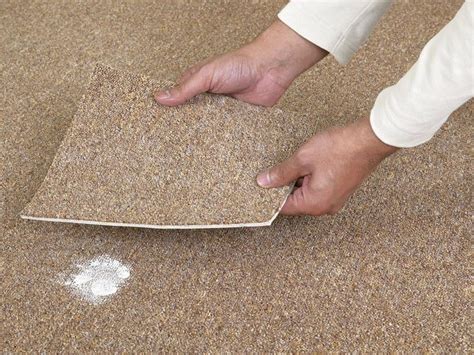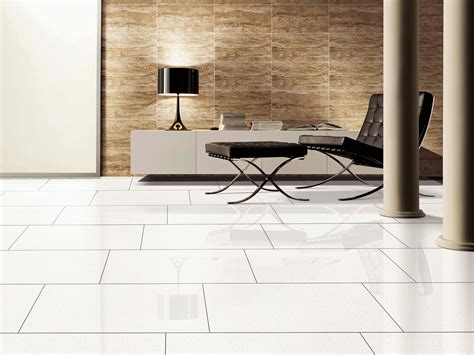
Painting a room or surface can transform its appearance, but to ensure a smooth and long-lasting finish, it’s essential to understand the importance of using paint primer. In this comprehensive guide, we will explore the basic uses of paint primer and provide valuable insights to help you achieve professional-looking results. Whether you’re a seasoned painter or a DIY enthusiast, this guide will equip you with the knowledge you need to make informed decisions about when and how to use primer.
Reasons to Prime Before Painting
Before delving into the specifics, let’s explore the key reasons why priming before painting is crucial:
Primer Provides a Stable Base Surface
Primer creates a smooth and uniform base surface for the paint to adhere to. It helps fill in small imperfections, such as cracks, holes, and uneven textures, resulting in a more even and professional finish.
Primer Covers Stains
Stains on the surface, such as watermarks, smoke damage, or discoloration, can bleed through the paint if not properly sealed. Primer acts as a barrier, preventing stains from resurfacing and affecting the final paint color.
Do You Have to Prime Before Painting?
While primer is highly recommended in most cases, there are specific situations where it becomes even more essential:
If the Surface Is Porous
Porous surfaces, such as bare wood, drywall, or masonry, tend to absorb paint unevenly, resulting in an inconsistent finish. Primer seals the surface, ensuring the paint adheres uniformly and prevents excessive absorption.
If the Drywall Is Skim-Coated
Skim-coated drywall, often used to repair or smooth textured walls, has different levels of porosity compared to the original drywall surface. Applying primer before painting helps create a uniform surface and avoids patchy or blotchy results.
If the Previous Coat Is Glossy
Glossy or shiny surfaces can make it challenging for new paint to adhere properly. Primer helps create a mattified surface, providing better adhesion and ensuring the new paint coat goes on smoothly.
If You Are Changing the Color From Dark to Light
When transitioning from a dark-colored surface to a lighter one, it’s crucial to use primer. Without primer, the dark color may bleed through, affecting the final result. Primer acts as a barrier, ensuring the new color appears true and vibrant.
If the Surface Is Stained
Stained surfaces, especially those with water or tannin stains, require priming to prevent the stains from seeping through the paint. Primer effectively seals the stains and ensures they do not affect the final paint color.
How Much Primer You Need
The amount of primer you’ll need depends on several factors, including the surface area and the type of primer you’re using. As a general guideline, one gallon of primer typically covers around 200-300 square feet. However, it’s advisable to check the manufacturer’s instructions and product label for specific coverage recommendations.
When You May Not Need Paint Primer
While primer is beneficial in most cases, there are situations where it may be unnecessary:
If the Walls Are Very Clean
If the surface you’re painting is clean, free from stains, and in good condition
, you may be able to skip primer. However, it’s essential to evaluate the surface carefully to ensure it’s suitable for direct painting without primer.
If You Are Painting From One Color to a Similar Color
When transitioning from one color to a similar shade, especially when using high-quality paint with excellent coverage, primer may not be required. However, it’s crucial to test a small area first to ensure the desired coverage and finish.
Using Self-Priming Paints
Some paints come with built-in primers or claim to be self-priming. These products are designed to provide good adhesion and coverage without the need for a separate primer. However, it’s important to follow the manufacturer’s instructions and assess the condition of the surface before deciding whether a separate primer is necessary.
Frequently Asked Questions (FAQ)
Q: Can I use primer as a final coat?
A: No, primer is not intended as a final coat. It lacks the durability and aesthetic qualities of paint. Its purpose is to prepare the surface for paint application by promoting adhesion and providing a stable base.
Q: Can I use paint and primer in one product instead of a separate primer?
A: Paint and primer in one products can be convenient for certain applications, especially when painting over similar colors or well-prepared surfaces. However, for challenging surfaces or situations where strong adhesion is required, using a dedicated primer is recommended.
Q: Is it necessary to sand the surface before applying primer?
A: Sanding the surface before priming can help improve adhesion and create a smoother finish. It’s particularly important for glossy or uneven surfaces. However, if you’re working with a clean and well-prepared surface, sanding may not be necessary.
Conclusion
Understanding the basics of paint primer and its uses is essential for achieving professional-looking paint finishes. Primer provides a stable base surface, covers stains, and helps ensure proper adhesion of the paint. While not every painting project requires primer, it is highly recommended in most cases, especially when dealing with porous surfaces, skim-coated drywall, glossy surfaces, color transitions, and stained surfaces. By following the guidelines in this comprehensive guide, you’ll be equipped with the knowledge to make informed decisions about when and how to use primer, ultimately leading to exceptional painting results.




:max_bytes(150000):strip_icc()/what-is-the-difference-between-a-pergola-and-an-arbor-2736630-hero-68bb466d08ab490a81ad36b2b44cccdf.jpg)

